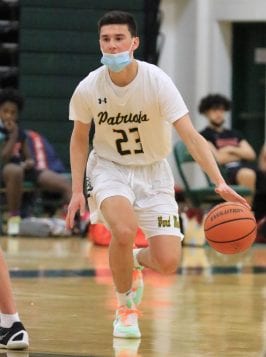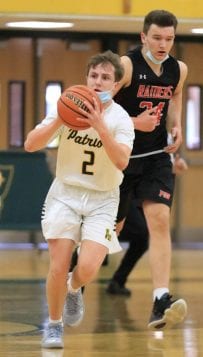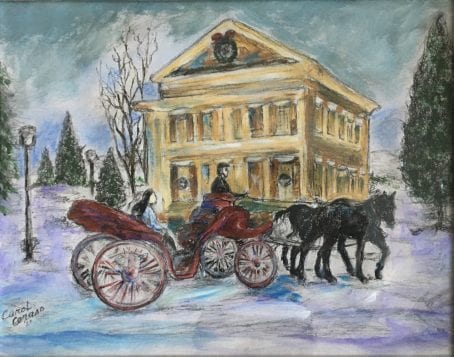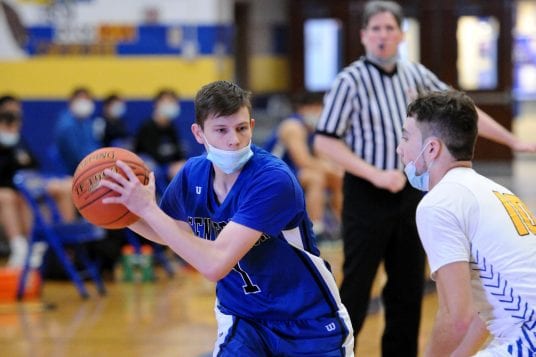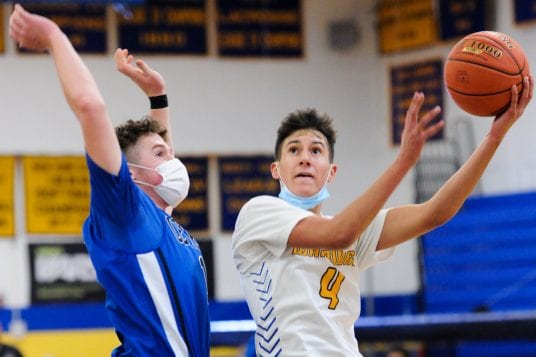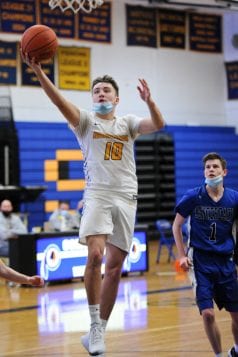Huntington Town Supervisor Chad A. Lupinacci, Councilman Mark Cuthbertson, Receiver of Taxes Jillian Guthman and Highway Superintendent Kevin S. Orelli were joined by Legislator Tom Donnelly, Rev. Bernadette Watkins, pastors and members of Mt. Calvary Holy Church of Huntington and family of the late Rev. Mother Agnes Hiller for a street dedication ceremony in Mother Hiller’s honor at the corner of East 10th Street and New York Avenue in Huntington Station on February 22.
“There is no one more deserving of such an honor than Dr. Agnes Hiller and the personal sacrifices and immeasurable contributions she made to the Huntington Station and greater community throughout her life, in service of God and the greater good,” said Supervisor Chad A. Lupinacci, who likened the snow and rain outside, moving the occasion indoors, to holy water sent from “Mother” Hiller to bless the ceremony.
“Naming E 10th street in honor of Dr. Agnes Amelia Hiller is a fitting tribute to a great woman whose work touched so many lives in our community. Thank you to Rev. Bernadette Watkins for working together with the Town to make this happen,” said Councilman Mark Cuthbertson.
“Mother Hiller was a remarkable human being. Her generous heart impacted many. Her commitment to helping others will be remembered for generations to come,” said Receiver of Taxes Jillian Guthman. “The renaming of East 10th Street, Huntington Station is a fitting acknowledgement of a woman who prioritized helping others in crisis and whose legacy will live on in all of those that she prayed for, mentored, cared for as well as those who had the privilege of observing her acts of love and generosity.”
“It was wonderful to pay tribute to the life and legacy of Dr./Reverend Mother Agnes Hiller at the Mt. Calvary Holy Church of Huntington during Black History Month. I was honored to have the Highway Department play a small part of Dr. Agnes Hiller’s ceremony and provide the street signs for this heartfelt dedication,” stated Highway Superintendent Kevin Orelli.
Rev. Bernadette Watkins, overwhelmed by the honor and tribute to Mother Hiller, quoted the late Bishop Brumfield Johnson, founder of the Mt. Calvary Holy Church of Huntington, saying, “It’s nice to be nice,” a quote Mother Hiller often repeated.
Pastor Emerita Gloria J. Mixon, Mt. Calvary Holy Church of Huntington, said, “The Mt. Calvary Holy Church of Huntington was honored that Mother Hiller received this recognition. She never made an excuse for not doing something. Mother use to say this all the time, and I quote, ‘An excuse is just a reason wrapped in a lie.’”
Dr. Agnes Hiller’s daughter, Rene Sykes, stated, “The family of Mother Hiller was pleased to have this loving Woman of God honored. She loved everyone and would always say, ‘I may not like what you do but I will always love you!’”
In addition to the Supervisor and Town officials, the Town was also represented at the ceremony by Town Historian Robert Hughes and Irene Moore, Chairperson, African American Historic Designation Council.
Pastors in attendance included Rev. Bernadette Watkins, Huntington Outreach Ministries; Apostle LaRuth Henry, Phebe World Ministry, Central Islip; Bishop-Elect Van Campbell, Lakewood Church For All People, Jamaica; Sr. Pastor Dawn Mixon and Pastor Emerita Gloria J. Mixon, who were joined by leadership and members of the Mt. Calvary Holy Church of Huntington, the site of the street dedication.
Four generations of Rev. Dr. Agnes Hiller’s family attended: daughter Rene Sykes; grandchildren Francois Frazier, Laura Spivey, Kim Kahn, Jeff Brewster, and Jacob Watkins; niece Margaret Meyer; great-granddaughter Jeannette Frazier; and great, great-grandchildren Joshua Andrew Brewster and Jasmia Agnes Brewster.
Rev. Bernadette Watkins met with Supervisor Chad A. Lupinacci in the summer of 2019 to discuss honoring the late Reverend Mother Agnes Hiller, known to some as the “Mother Theresa of Huntington Station,” and her contributions to the Huntington Station community. Mother Hiller, as she came to be known, dedicated her life to serving the Huntington Station community by taking in dozens of children and organizing various programs to address issues of hunger, drug abuse, teen pregnancy, and families in need.
At their September 2019 meeting, the Town Board officially recognized Mother Hiller’s untiring work to improve the lives of residents of the Huntington Station community by renaming the block of East 10th Street, from New York Avenue to First Avenue, in Huntington Station as East 10th Street/Dr. Agnes Hiller Way. A street dedication ceremony was planned for May 2020 but the COVID-19 pandemic forced the event’s postponement.
Agnes Hiller was born in 1904. As a young woman in 1932, she became one of the first members of the newly formed Mt. Calvary Holy Church of Huntington. She later became assistant pastor and then was named pastor of Mt. Calvary Holy Church soon after the church relocated to its present location at East 10th Street. She served as pastor until she retired in 1994 at the age of 90.
See the video of the event here:
[VIDEO: https://huntingtonny.granicus.



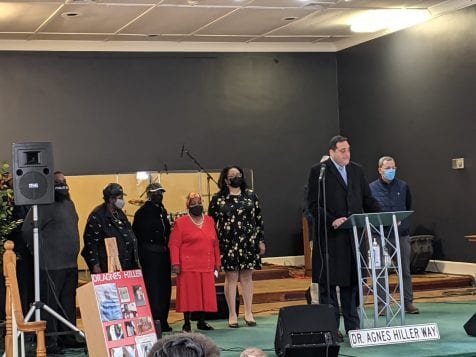
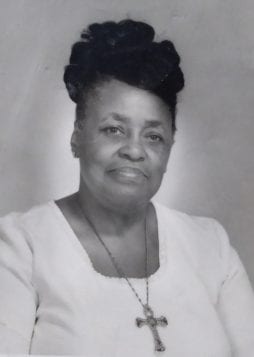
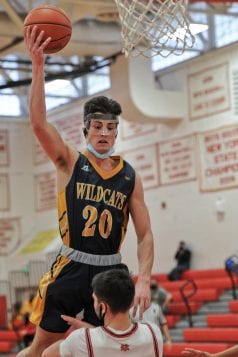

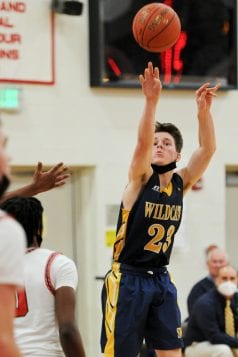
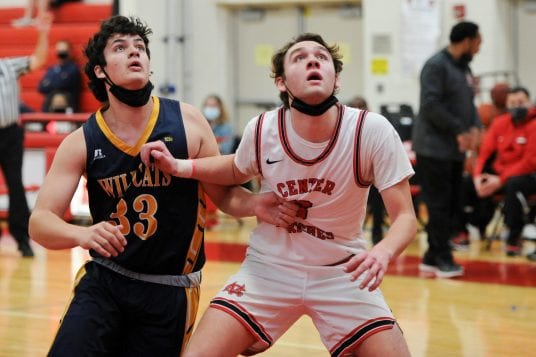
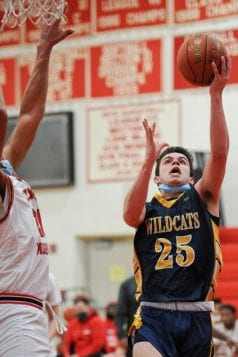


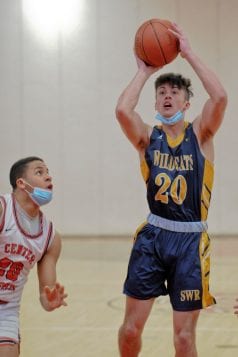


















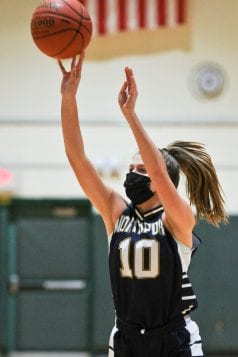

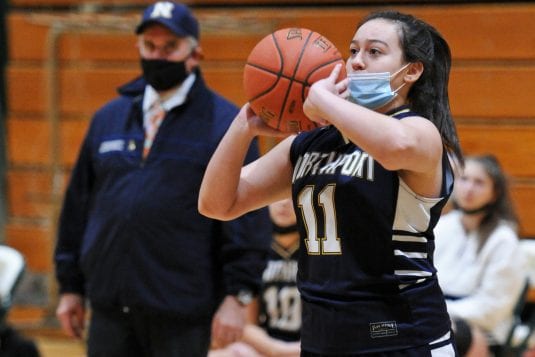


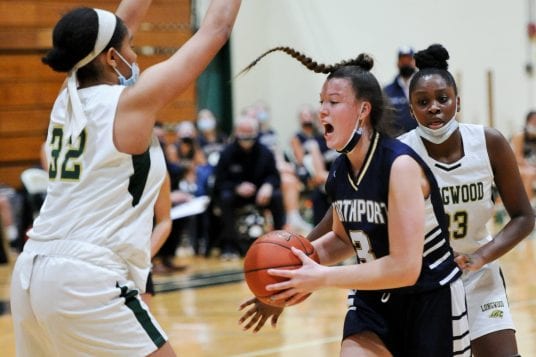

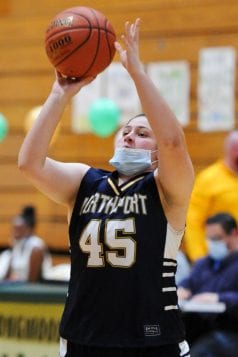


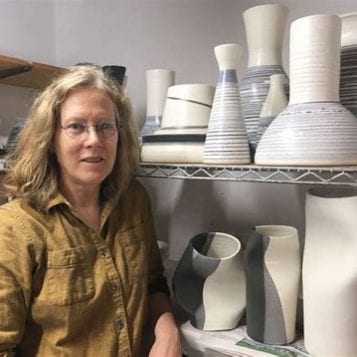
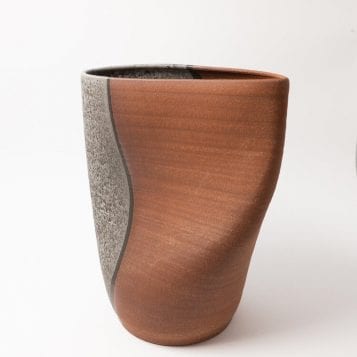
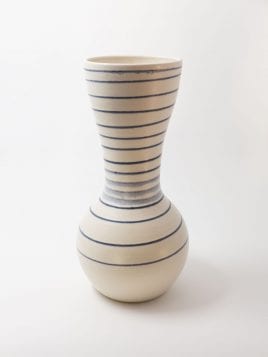

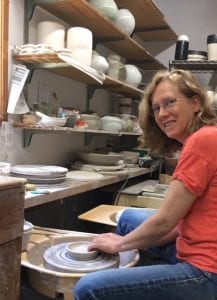













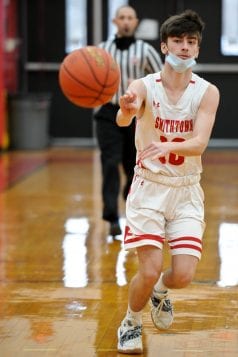






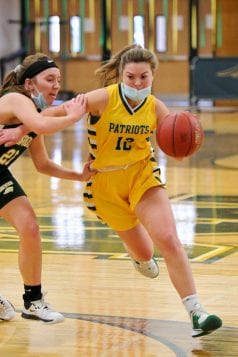


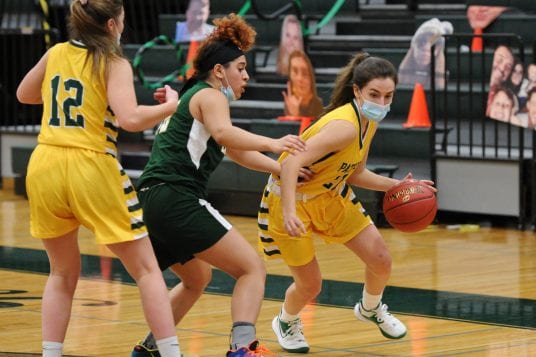
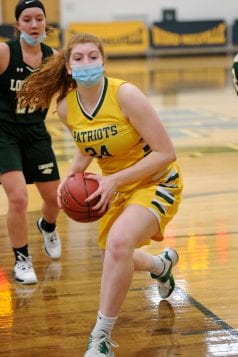
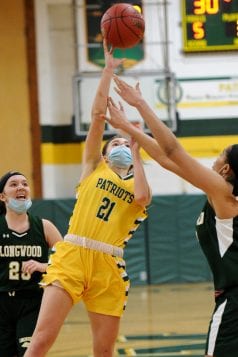
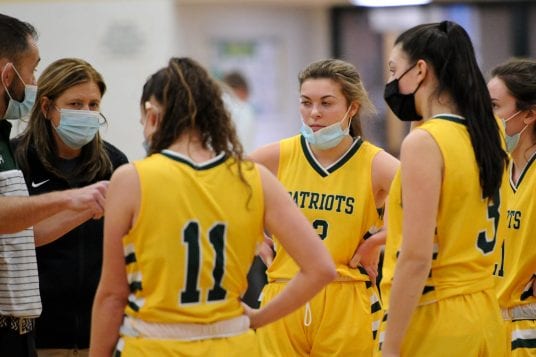
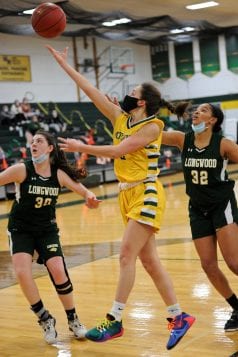
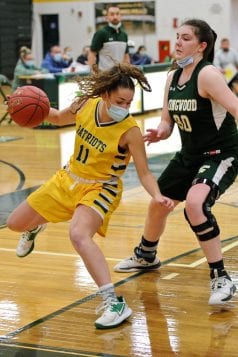
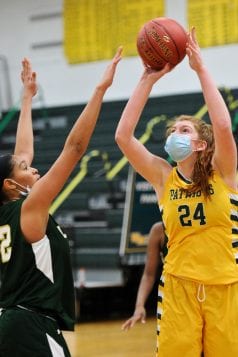
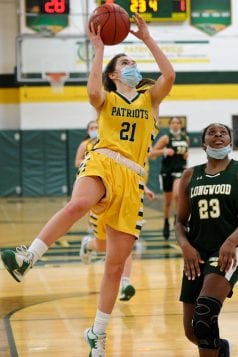
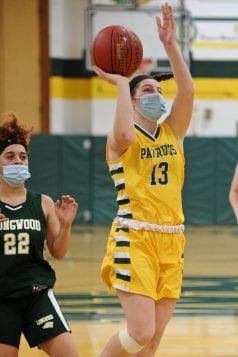
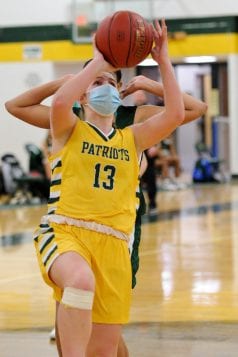
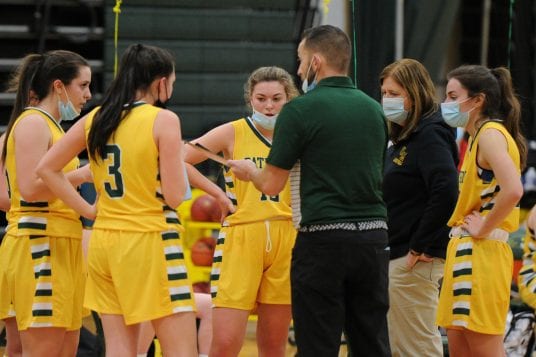
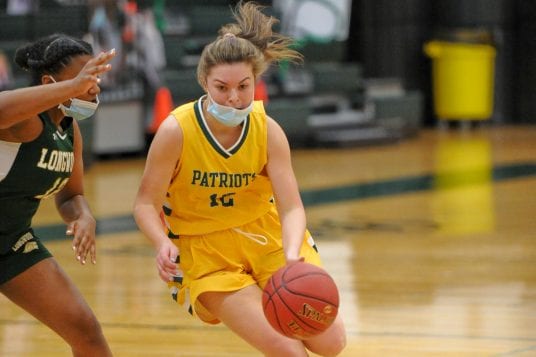
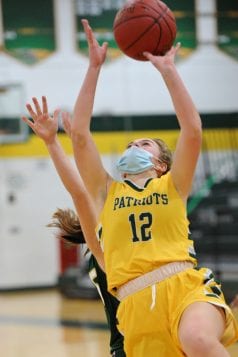



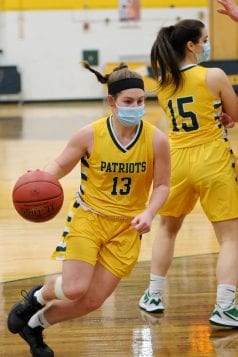


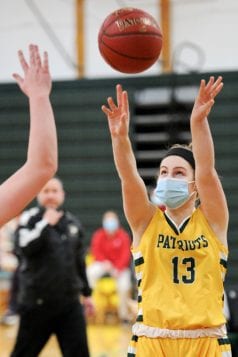
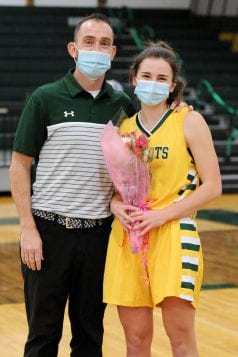
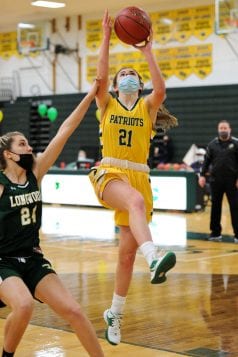




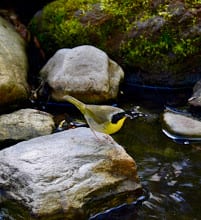
 In 2018, the Suffolk County Department of Economic Development & Planning published its 2016 Land Use Study. In the report, Brookhaven Township and Smithtown Township had 27% and 17% recreational and open space, respectively.
In 2018, the Suffolk County Department of Economic Development & Planning published its 2016 Land Use Study. In the report, Brookhaven Township and Smithtown Township had 27% and 17% recreational and open space, respectively. Four Harbors Audubon Society is a local chapter of the National Audubon Society.
Four Harbors Audubon Society is a local chapter of the National Audubon Society.

